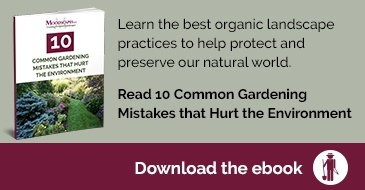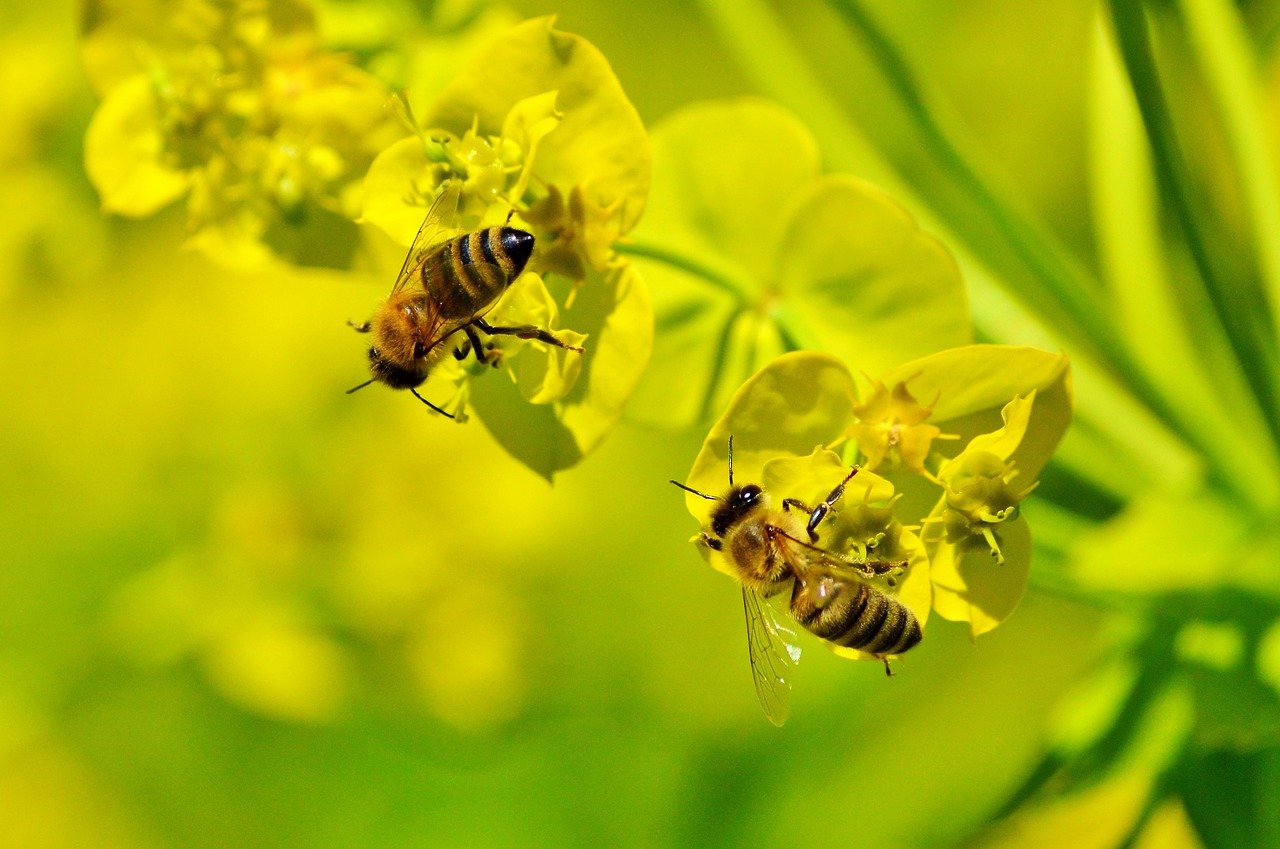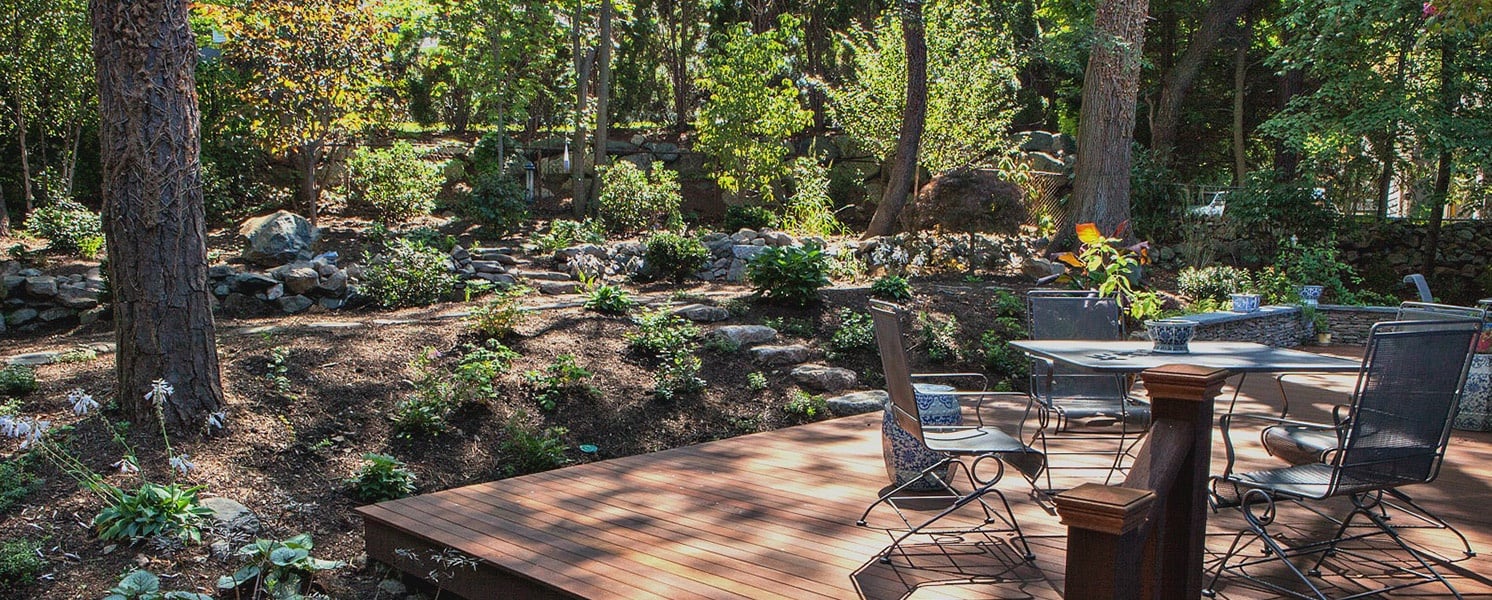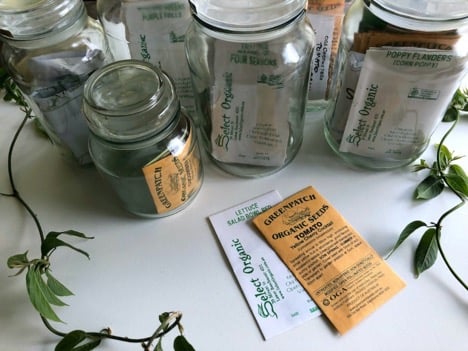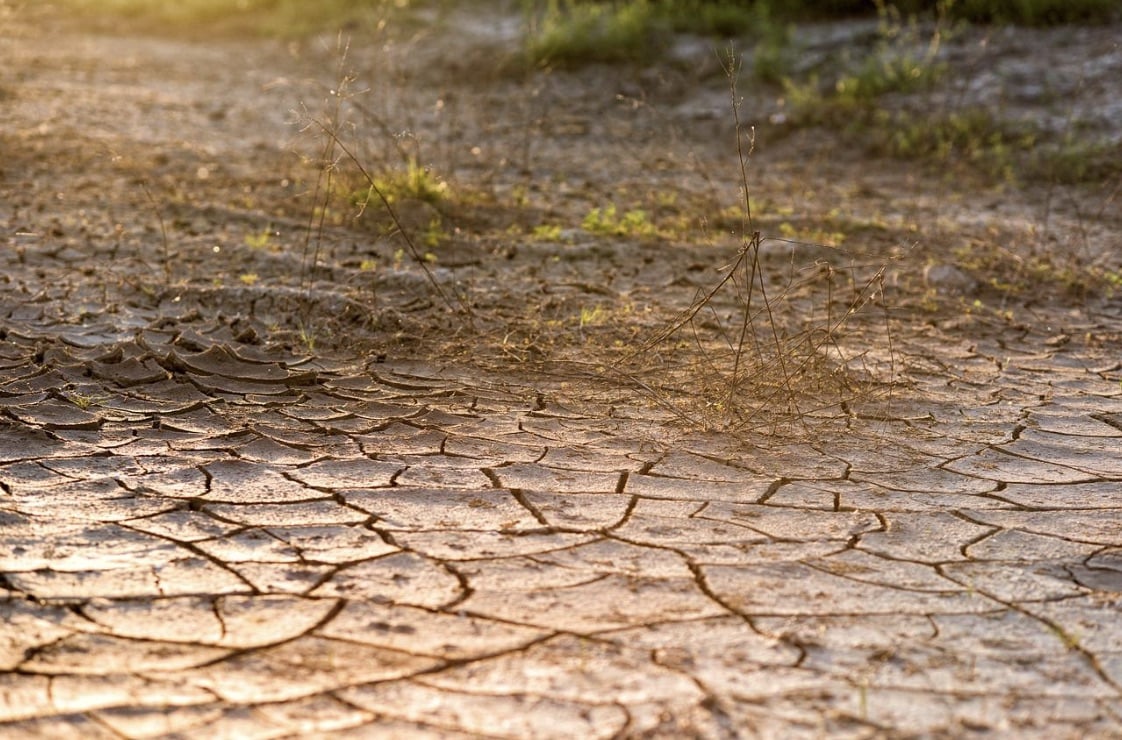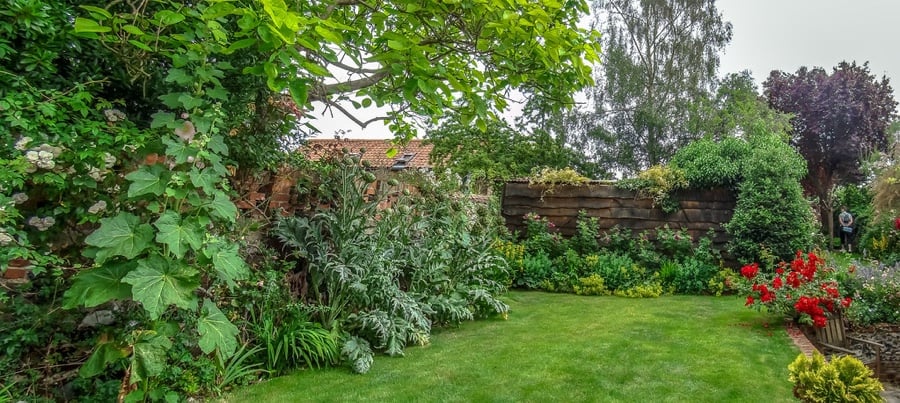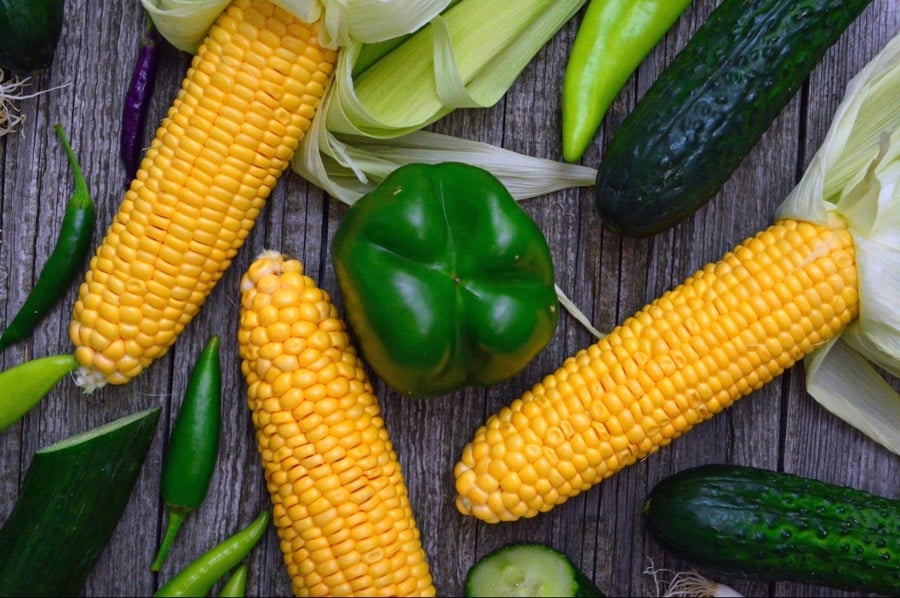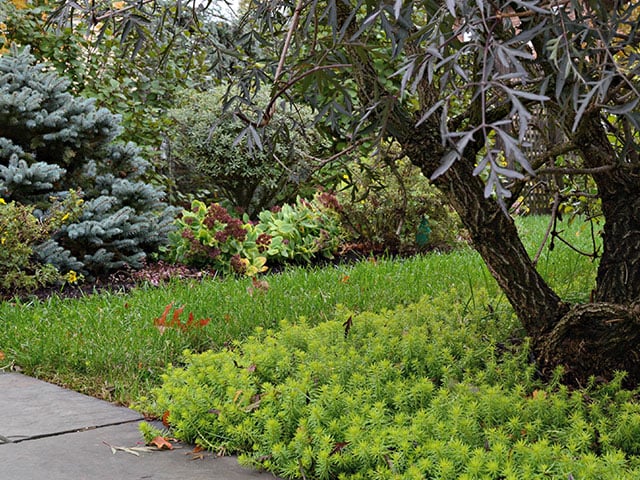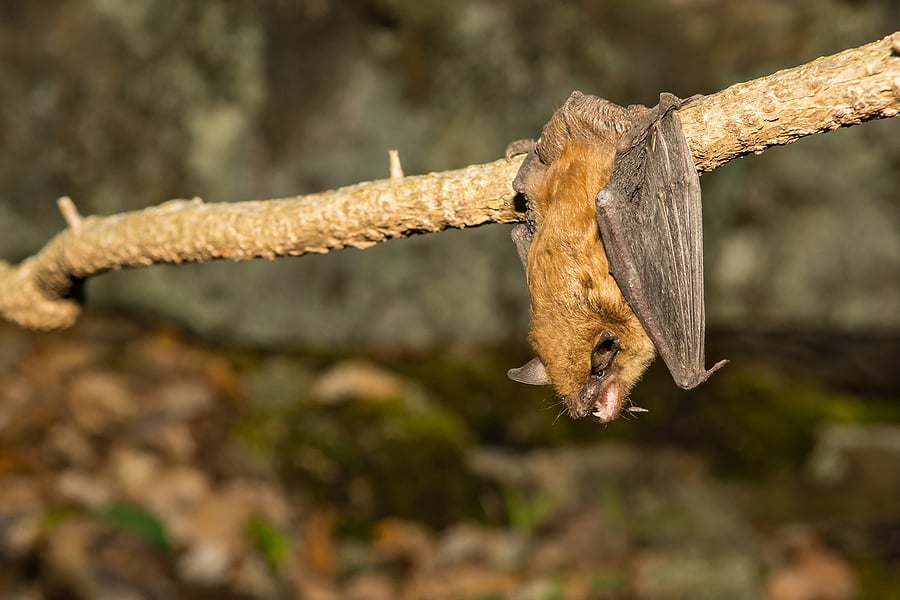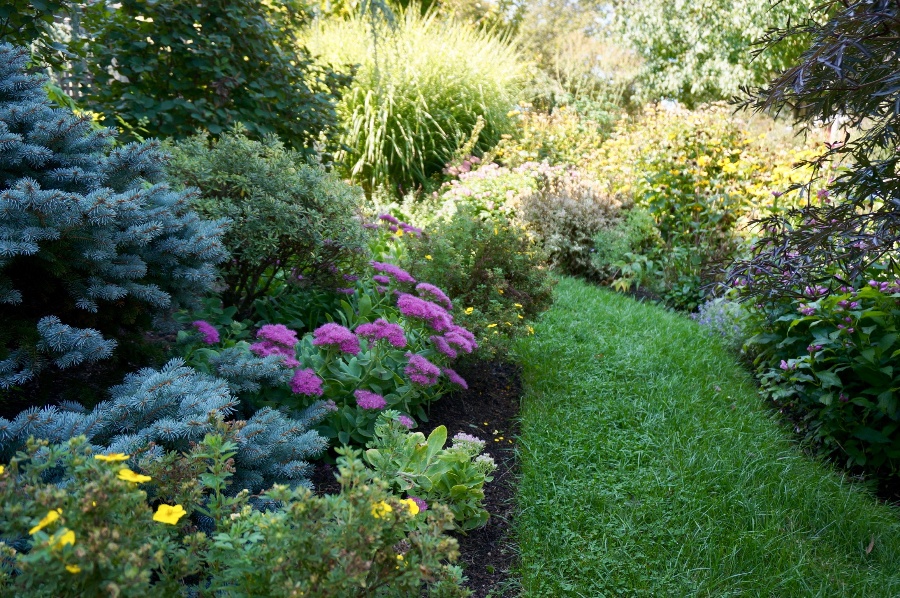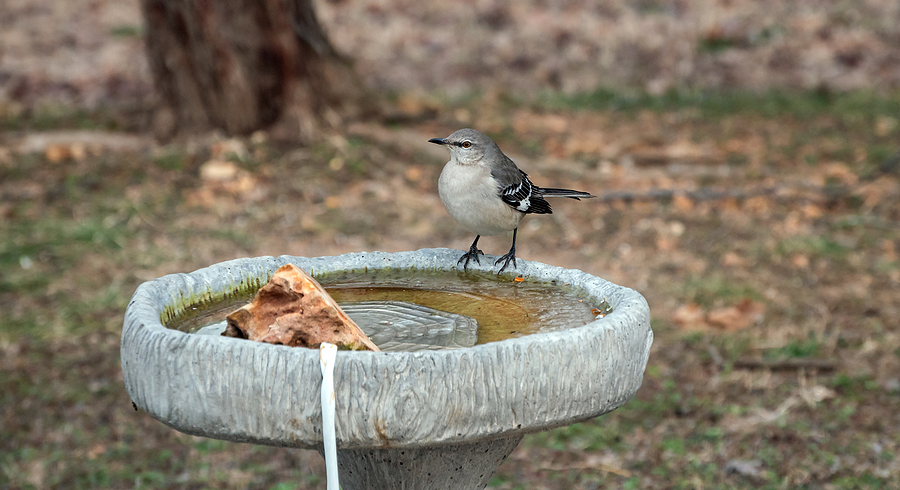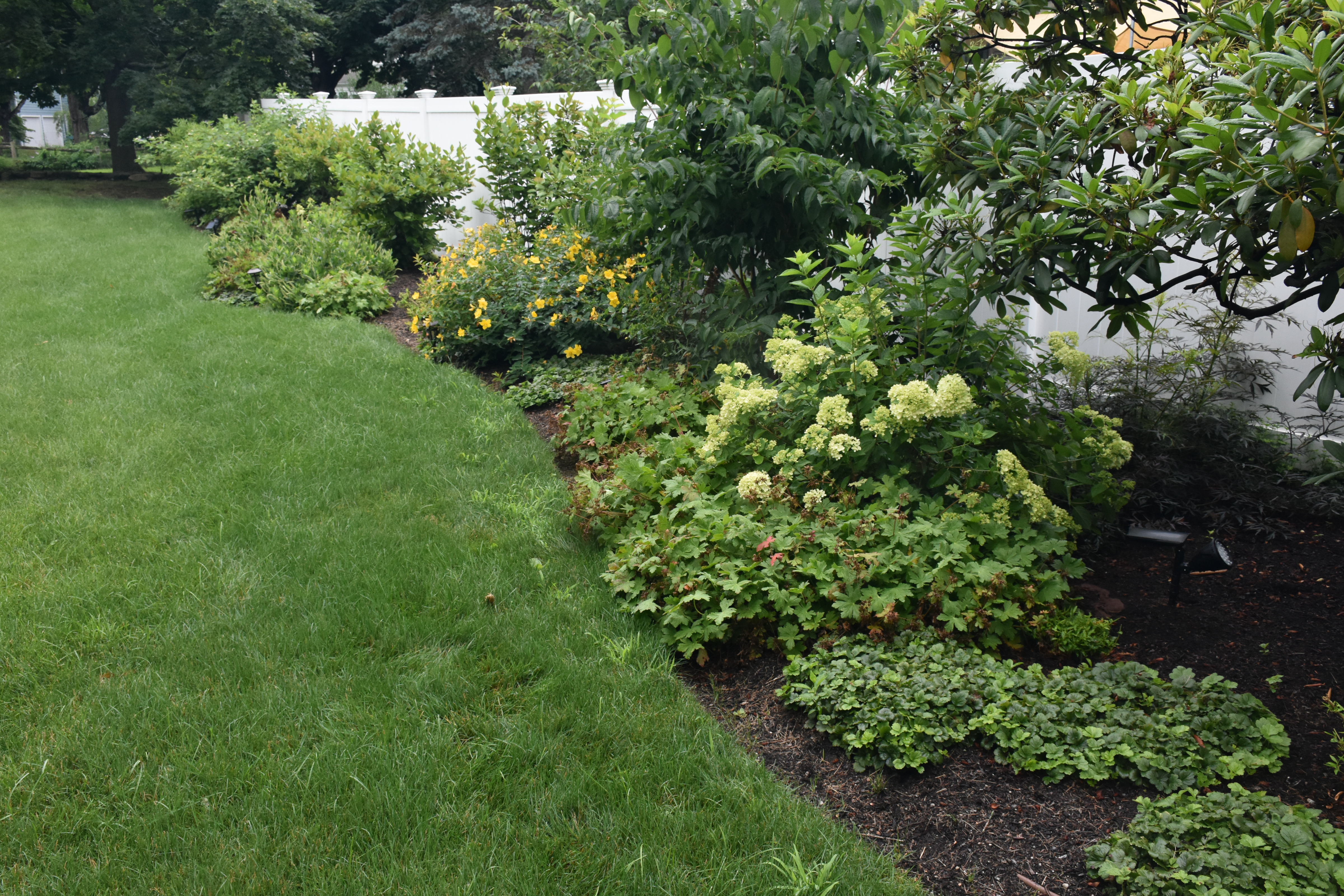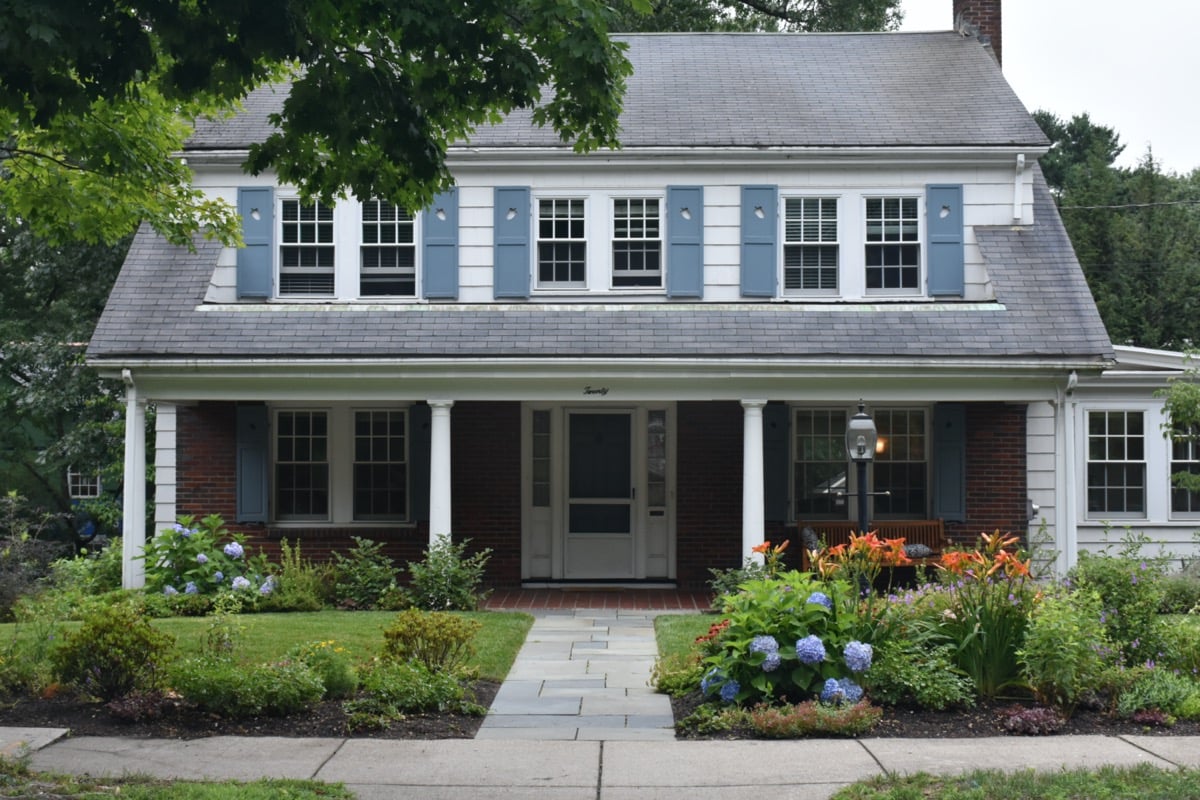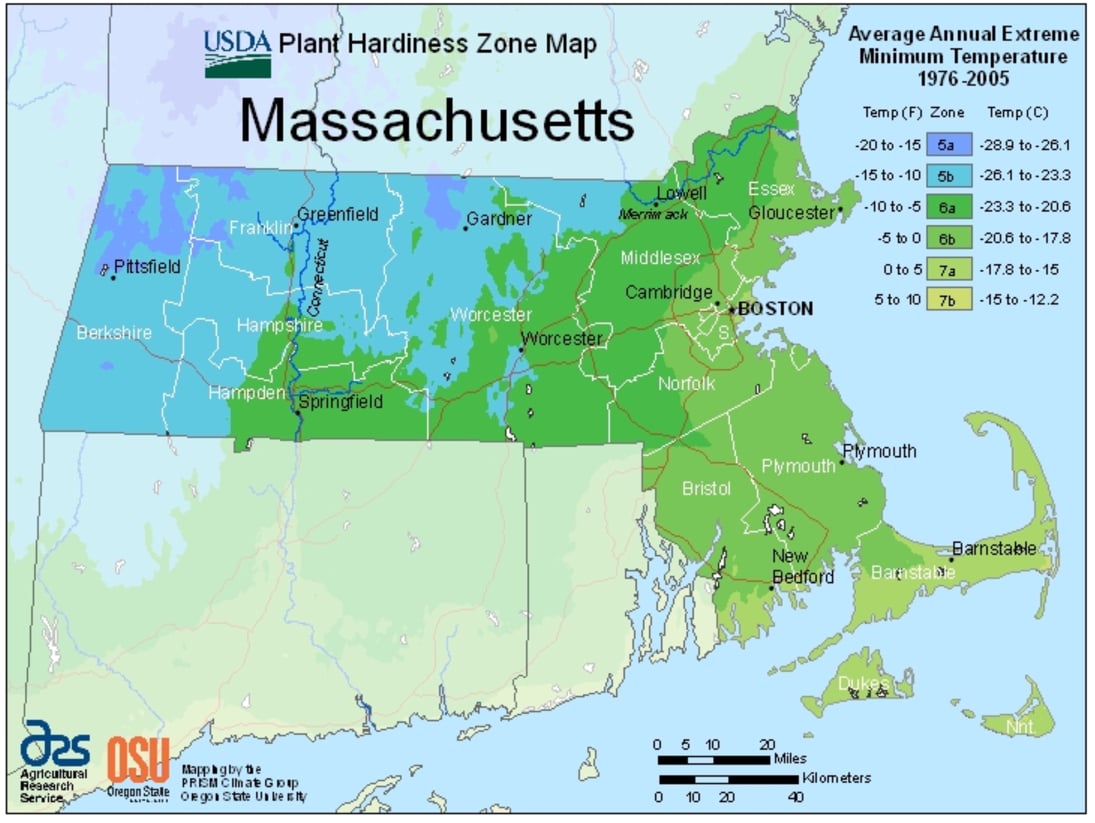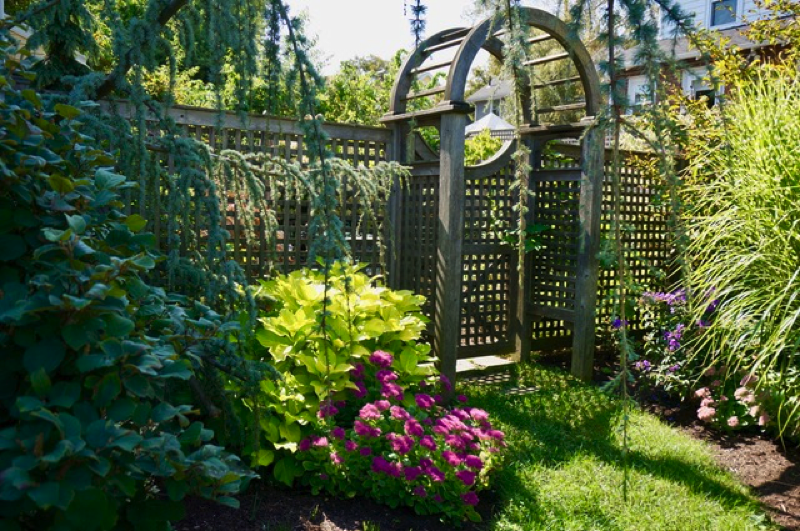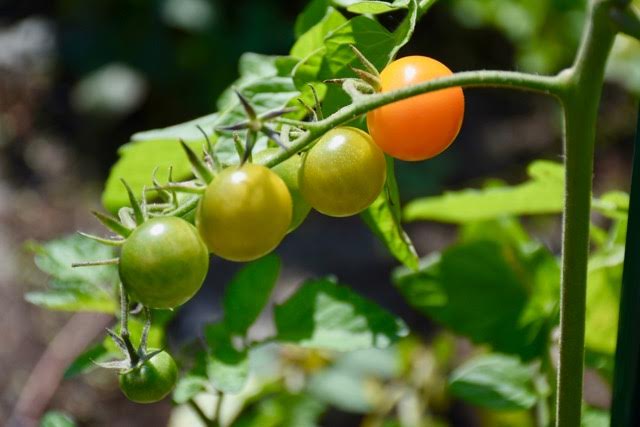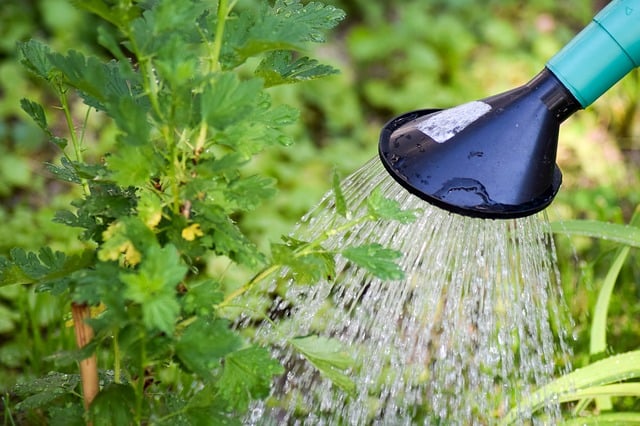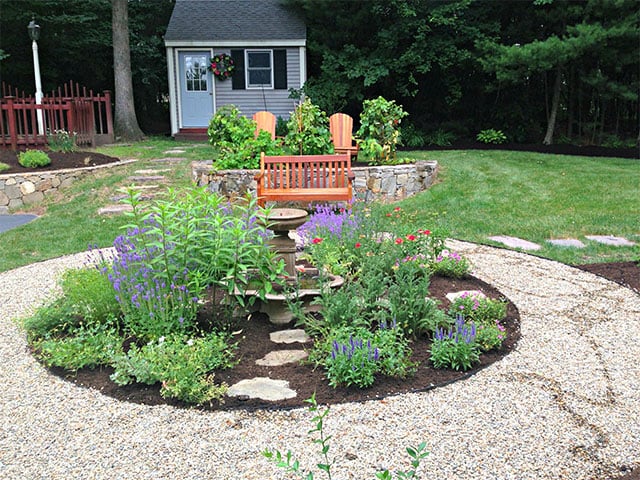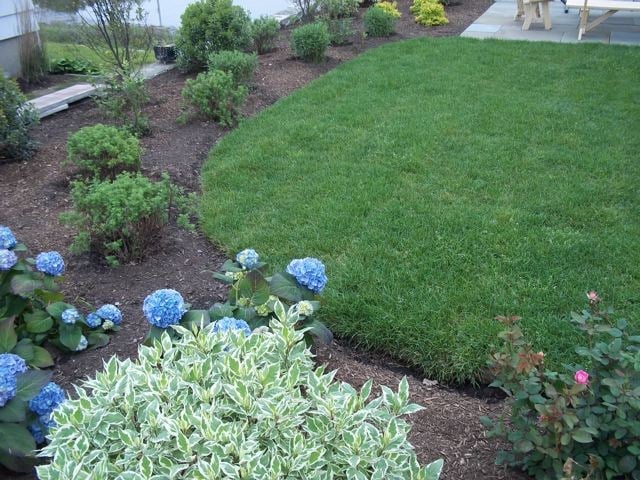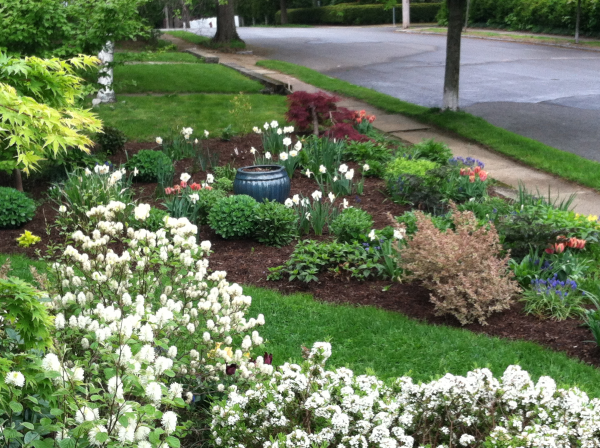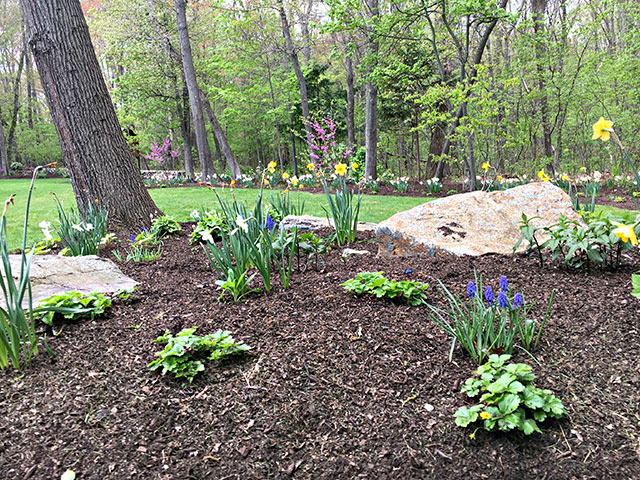Pollination has become a hot topic in part because a fatal disease has been killing honeybees, threatening the ability of commercial farms to produce an adequate supply of the fruits and vegetables we all love — not to mention honey.
Pollination by bees, hummingbirds, moths, bats, butterflies, flies, and beetles ensures the continued existence of millions of plant species, and in turn, of most animal species, including humans — in fact, one of every three mouthfuls of our food depends on them.
What is pollination?
Pollination is an essential part of plant reproduction — it is the process required for plants to reproduce more of the same type of plant. A male plant, or the male part of a flower, creates a powdery substance called pollen that gets transferred to a female plant, or the female part of a flower, to create a seed. There are a couple of ways pollination can occur, including pollen transportation by a variety of creatures, such as the ones mentioned above.
Pollinating animals travel from plant to plant carrying pollen on their bodies in a vital interaction that allows the transfer of genetic material critical to the reproductive system of most flowering plants. This nearly invisible ecosystem service is a precious resource that requires attention and support, now more than ever. Mounting evidence shows that climate change, environmental disruption, and human interference are all threatening the health and safety of many pollinators, jeopardizing a large part of the world’s food supply.
Fortunately there’s a lot we can do to help our pollinators not just survive, but thrive. And one beautiful, fun, and effective way is to create more pollinator gardens.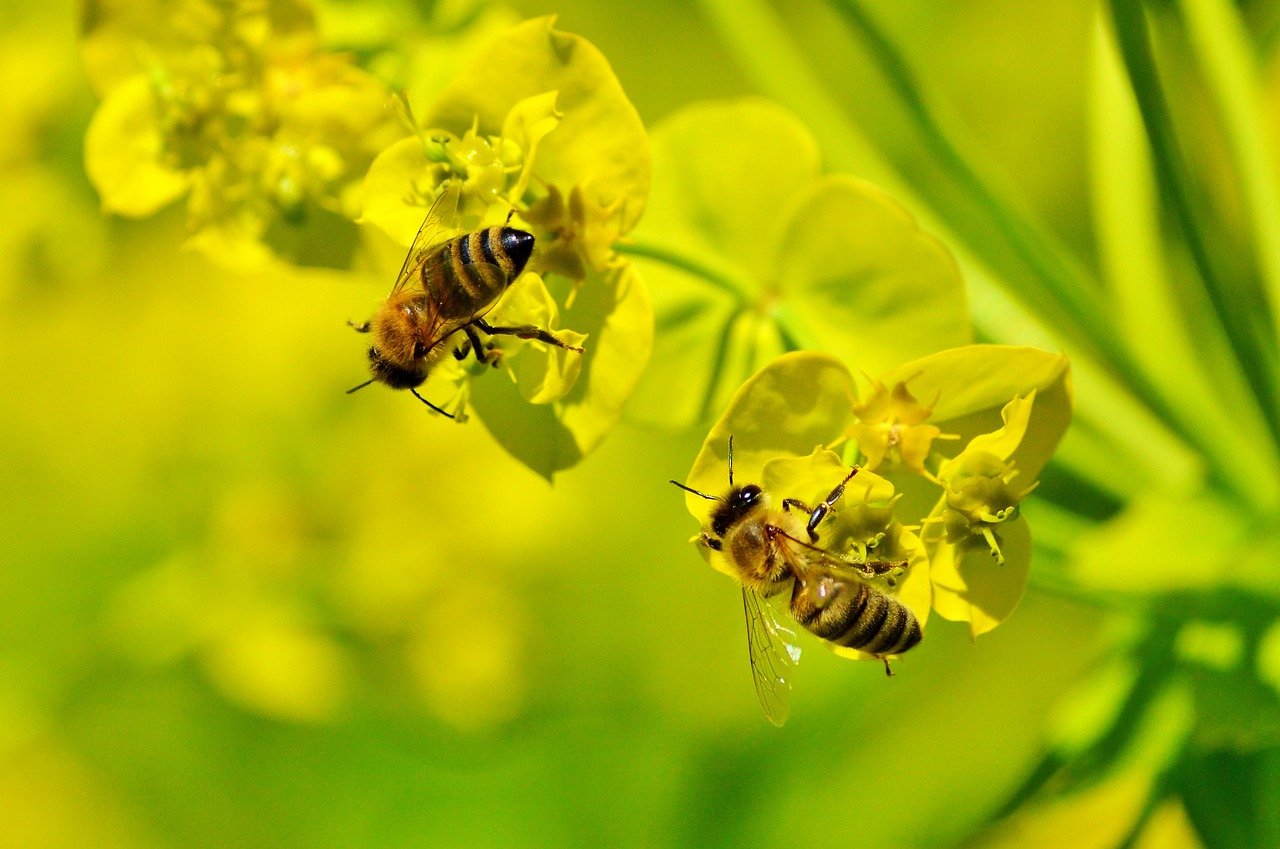
Pollinator garden design
Careful planning is essential to creating a successful pollinator garden. Follow these easy steps to make sure you have everything covered before you make your investment:
-
Choose the right location.
Butterflies and other pollinators like to bask in the sun and some of their favorite wildflowers grow best in full or partial sun with some protection from the wind. Providing protection from harsh weather will also help to attract more pollinators and encourage them to hang around.
-
Identify your soil type and amount of sun.
Is your soil sandy and well-drained or more clay-like and wet? You can take a sample of your soil and inspect it or check online the types of soils in your area to learn more. Your soil type and the amount of sunlight it gets will help determine the kinds of plants you can grow.
-
Prep your garden
If you’re converting an existing lawn, you’ll need to remove grass and current plant cover and turn your soil to loosen it up. If you’re planning on using raised beds or containers, there are a lot of pre-made options available, as well as simple designs to build your own. No matter where you decide to plant your garden, you’ll want to add nutrient-rich compost or soil to improve the success of your garden.
-
Use a wide variety of plants
Biodiversity is essential, and keeping the plants that you use diverse will help make your garden more interesting for pollinators. Don’t just pick one flower or shrub that you like — try to find half a dozen or more that complement each other. It’s best to include many different types of flowers and shrubs so you have staggered bloom timing to provide the pollinators with sources throughout the season. Plant color also gives you an opportunity to add diversity to your yard; while bees prefer purples, blues, and whites, hummingbirds are attracted to the color red.
-
Attract birds
Birds are especially good pollinators. Not only do they pollinate flowers, they also move seeds around, helping to proliferate your plants. There are a few types of feeders you can purchase to help with this. Songbirds prefer seed feeders while hummingbirds prefer nectar-filled ones that are distinctive with their emphasis on the color red, a favorite of hummers. You can make the nectar yourself, using a ratio of one part sugar to four parts water that is boiled until the sugar dissolves.
-
Wait, watch, water and weed
It may take some time, but you will eventually see butterflies and other pollinators enjoying your garden. Make sure to weed and water your garden to keep it healthy. Keep in mind that it may take a couple seasons for milkweed to start producing flowers.
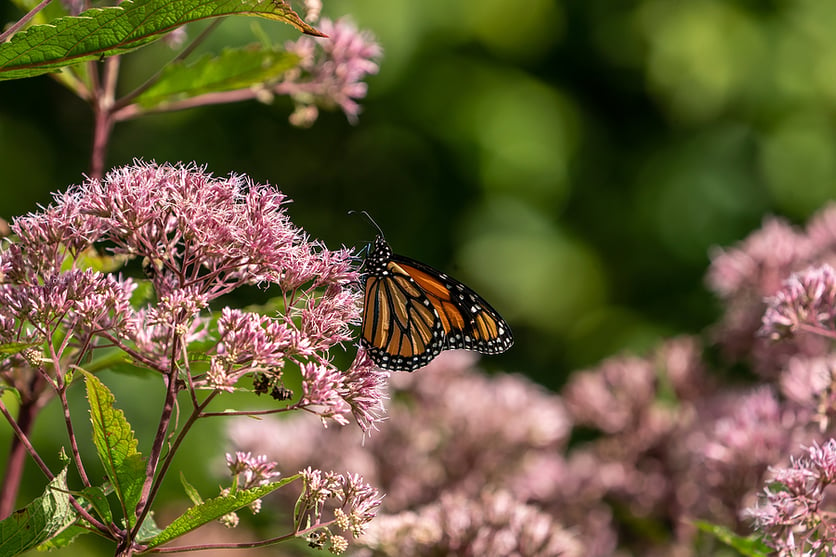
Choosing pollinator garden plants
A lot goes into a well-planned pollinator garden. First, you’ll want to pick a wide range of plants with different bloom times. Your flowers should have overlapping blooms, but during the growing season, at least one or two plants should be flowering. Additionally, make sure that at least 70 to 80 percent of these plants are native to your area.
Pick plants that have a variety of shapes, sizes, and colors. Bees will be attracted to yellow, purple, and white flowers, while they will have a hard time distinguishing red flowers from green stems. Hummingbirds and butterflies, on the other hand, will be attracted to red flowers.
You may not want to have every type of pollinator, and that’s okay. For example, if you’re allergic to bees, pick a variety of plants to attract other types of pollinators. However, if you don’t have health reasons to avoid honeybees and are just worried about being stung, keep an open mind: Unless agitated, bees are docile insects.
These are some great plants that are both beautiful and loved by a variety of pollinators:
-
- Coneflower
- Sundial lupine
- Goldenrod
- Lavender
- Milkweed
- Snapdragon
- Foxglove Beardtongue (Penstemon digitalis)
- Bee Balm
- Cardinal Flower (Blue and Red)
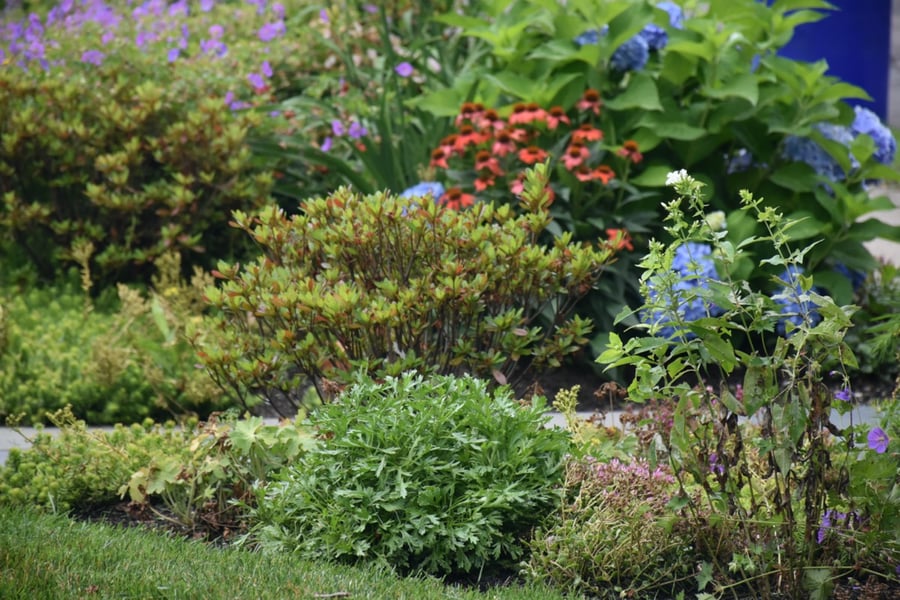
Plant your flowers in clusters. Most pollinators like to feed on one type of flower at a time. Planting each flower type in groups together will allow them to move from one plant to another with ease.
Planning goes a long way in creating a garden and a yard that pollinators love. If you’re feeling overwhelmed by the process, contact us here at Moodscapes, and we’ll get you set on the right path. We have over 20 years of experience creating landscapes that are ecologically friendly.
To learn more about creating a healthy, environmentally-friendly landscape in your own backyard, download our free ebook, 10 Common Gardening Mistakes That Actually Hurt the Environment.
At Moodscapes, we use environmentally-safe best practices and materials designed to bring out the best in nature and enhance your outdoor living experience. To learn more, contact the organic landscaping specialists here at Moodscapes. To read more about sustainable landscaping, please download our free ebook, 10 Common Gardening Mistakes that Hurt the Environment.
